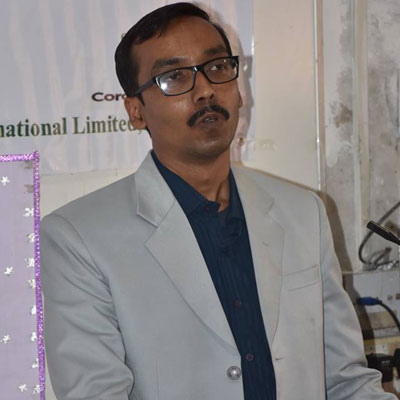Dr. Amitava Rakshit
Associate ProfessorDepartment of Soil Science and Agricultural Chemistry, Institute of Agricultural Sciences, Banaras Hindu University, Varanasi, 221005 Uttar Pradesh, India
Highest Degree
Ph.D. in Soil Science from Indian Institute of Technology, India
Share this Profile
